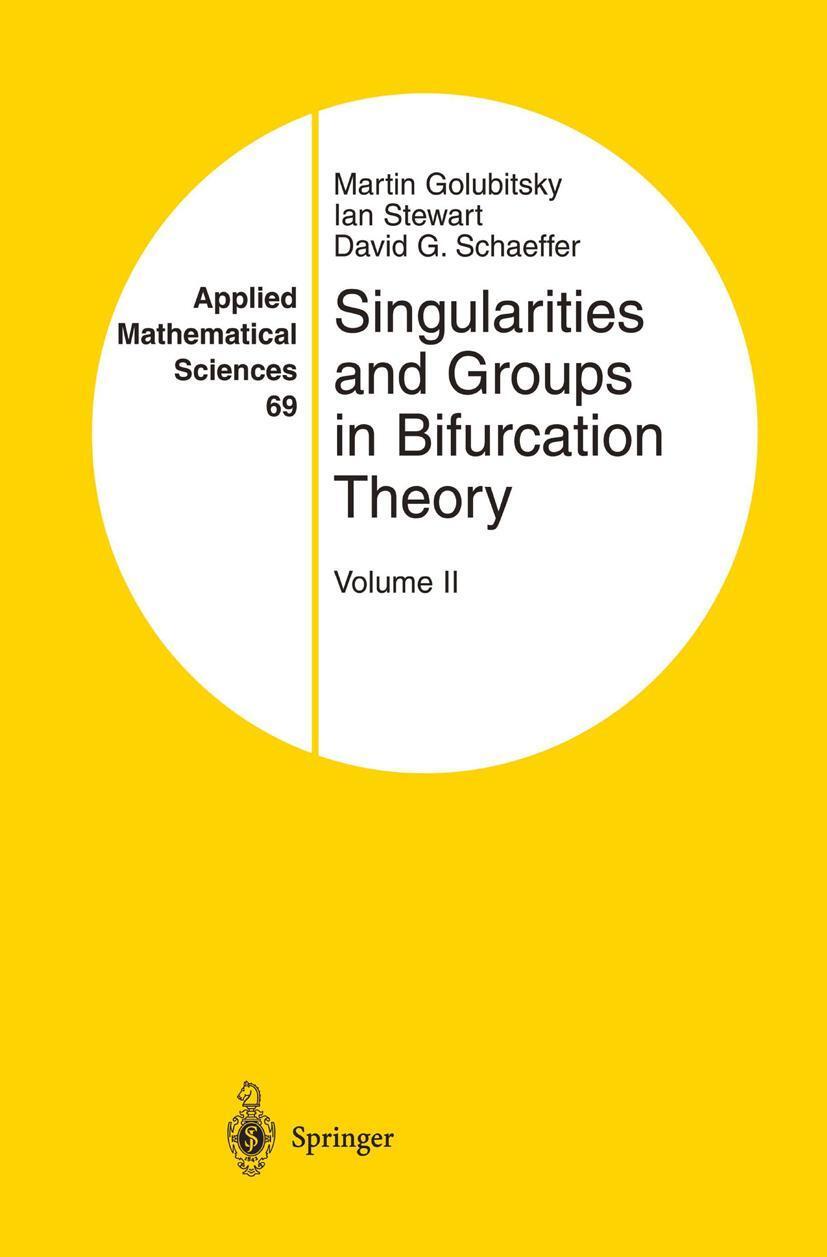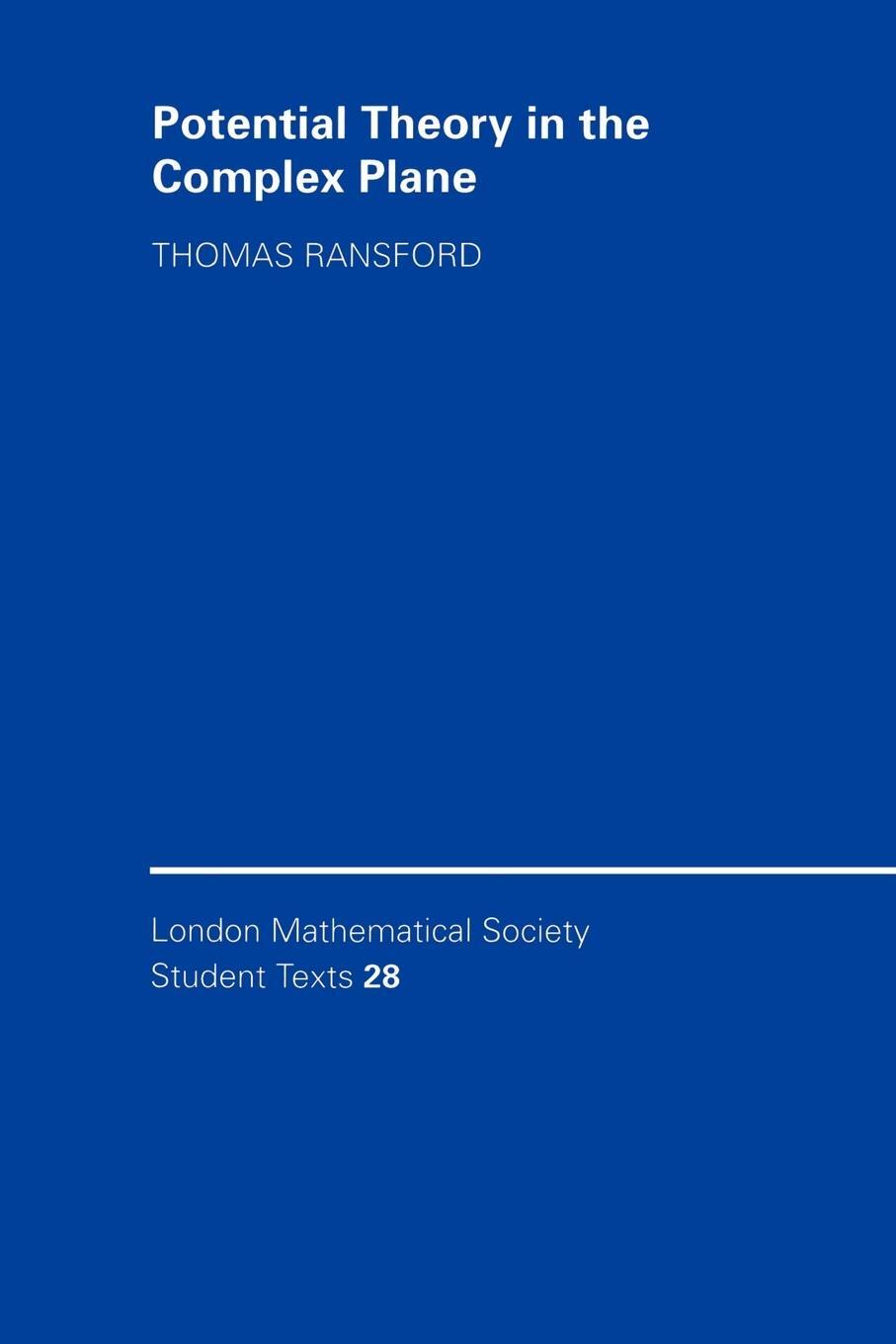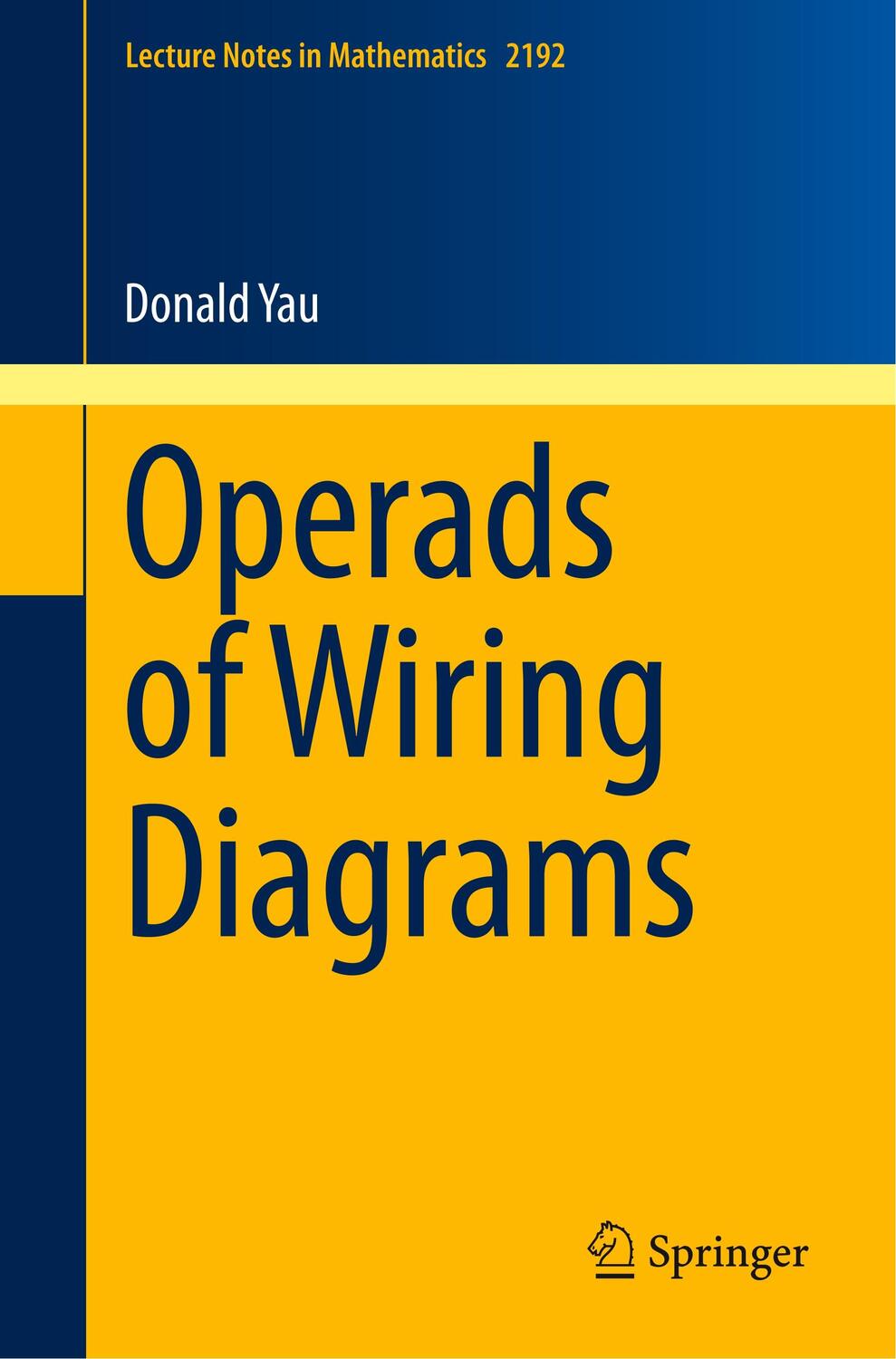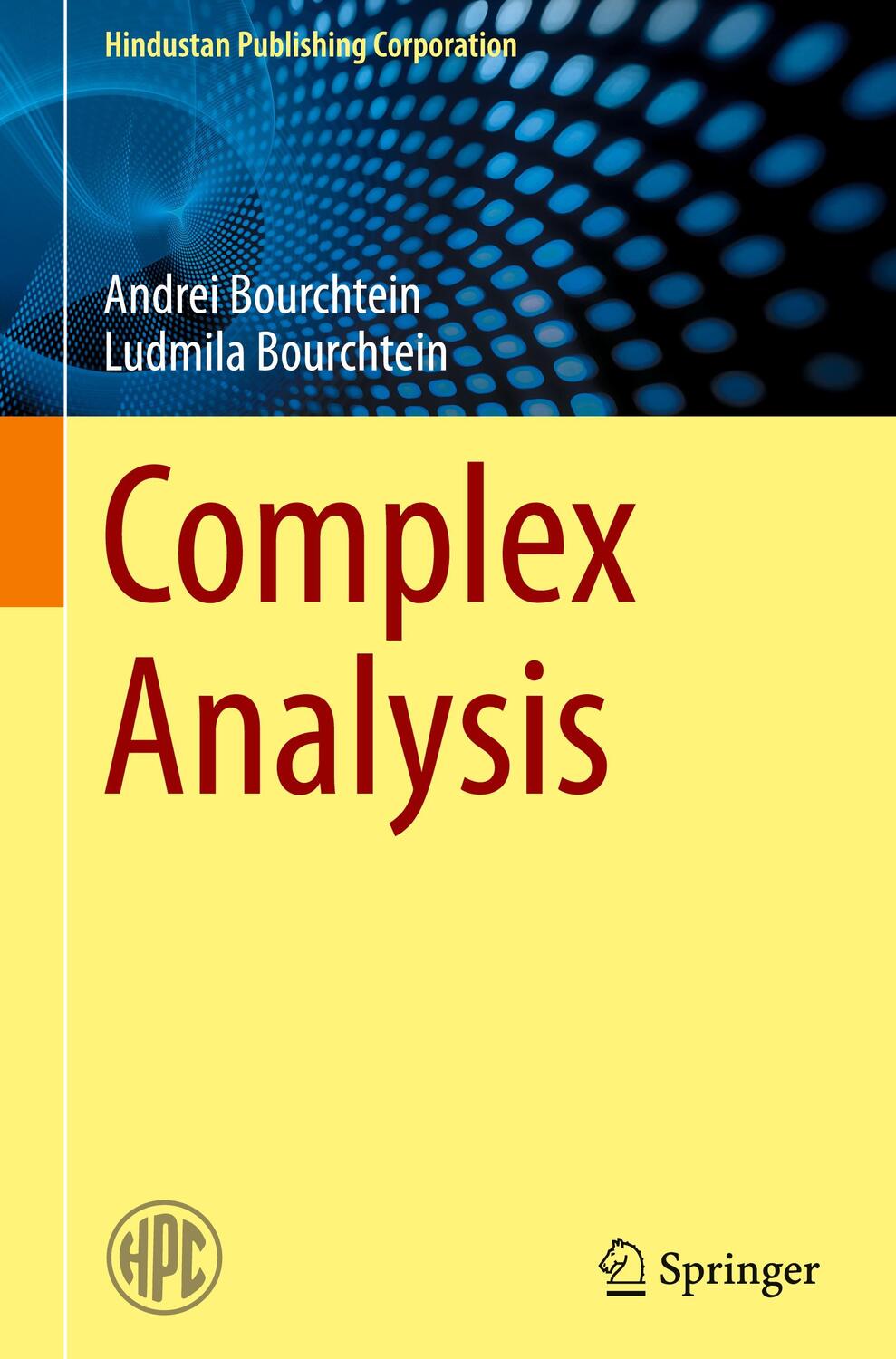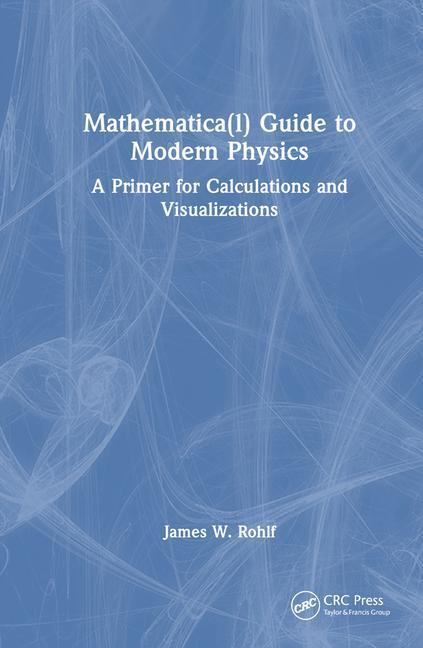Dekorationsartikel gehören nicht zum Leistungsumfang.
Sprache:
Englisch
174,95 €*
Versandkostenfrei per Post / DHL
Lieferzeit 2-3 Wochen
Kategorien:
Beschreibung
Bifurcation theory studies how the structure of solutions to equations changes as parameters are varied. The nature of these changes depends both on the number of parameters and on the symmetries of the equations. Volume I discusses how singularity-theoretic techniques aid the understanding of transitions in multiparameter systems. This volume focuses on bifurcation problems with symmetry and shows how group-theoretic techniques aid the understanding of transitions in symmetric systems. Four broad topics are covered: group theory and steady-state bifurcation, equicariant singularity theory, Hopf bifurcation with symmetry, and mode interactions. The opening chapter provides an introduction to these subjects and motivates the study of systems with symmetry. Detailed case studies illustrate how group-theoretic methods can be used to analyze specific problems arising in applications.
Bifurcation theory studies how the structure of solutions to equations changes as parameters are varied. The nature of these changes depends both on the number of parameters and on the symmetries of the equations. Volume I discusses how singularity-theoretic techniques aid the understanding of transitions in multiparameter systems. This volume focuses on bifurcation problems with symmetry and shows how group-theoretic techniques aid the understanding of transitions in symmetric systems. Four broad topics are covered: group theory and steady-state bifurcation, equicariant singularity theory, Hopf bifurcation with symmetry, and mode interactions. The opening chapter provides an introduction to these subjects and motivates the study of systems with symmetry. Detailed case studies illustrate how group-theoretic methods can be used to analyze specific problems arising in applications.
Inhaltsverzeichnis
of Volume II.- XI Introduction.- §0. Introduction.- §1. Equations with Symmetry.- §2. Techniques.- §3. Mode Interactions.- §4. Overview.- XII Group-Theoretic Preliminaries.- §0. Introduction.- §1. Group Theory.- §2. Irreducibility.- §3. Commuting Linear Mappings and Absolute Irreducibility.- §4. Invariant Functions.- §5. Nonlinear Commuting Mappings.- §6.* Proofs of Theorems in §§4 and 5.- §7.* Tori.- XIII Symmetry-Breaking in Steady-State Bifurcation.- §0. Introduction.- §1. Orbits and Isotropy Subgroups.- §2. Fixed-Point Subspaces and the Trace Formula.- §3. The Equivariant Branching Lemma.- §4. Orbital Asymptotic Stability.- §5. Bifurcation Diagrams and DnSymmetry.- §6.¿ Subgroups of SO(3).- §7.¿ Representations of SO(3) and O(3): Spherical Harmonics.- §8.¿ Symmetry-Breaking from SO(3).- §9.¿ Symmetry-Breaking from O(3).- §10.* Generic Spontaneous Symmetry-Breaking.- Case Study 4 The Planar Bénard Problem.- §0. Introduction.- §1. Discussion of the PDE.- §2. One-Dimensional Fixed-Point Subspaces.- §3. Bifurcation Diagrams and Asymptotic Stability.- XIV Equivariant Normal Forms.- §0. Introduction.- §1. The Recognition Problem.- §2.* Proof of Theorem 1.3.- §3. Sample Computations of RT(h, ?).- §4. Sample Recognition Problems.- §5. Linearized Stability and ?-equivalence.- §6. Intrinsic Ideals and Intrinsic Submodules.- §7. Higher Order Terms.- XV Equivariant Unfolding Theory.- §0. Introduction.- §1. Basic Definitions.- §2. The Equivariant Universal Unfolding Theorem.- §3. Sample Universal ?-unfoldings.- §4. Bifurcation with D3 Symmetry.- §5.¿ The Spherical Bénard Problem.- §6.¿ Spherical Harmonics of Order 2.- §7.* Proof of the Equivariant Universal Unfolding Theorem.- §8.* The Equivariant PreparationTheorem.- Case Study 5 The Traction Problem for Mooney-Rivlin Material.- §0. Introduction.- §1. Reduction to D3 Symmetry in the Plane.- §2. Taylor Coefficients in the Bifurcation Equation.- §3. Bifurcations of the Rivlin Cube.- XVI Symmetry-Breaking in Hopf Bifurcation.- §0. Introduction.- §1. Conditions for Imaginary Eigenvalues.- §2. A Simple Hopf Theorem with Symmetry.- §3. The Circle Group Action.- §4. The Hopf Theorem with Symmetry.- §5. Birkhoff Normal Form and Symmetry.- §6. Floquet Theory and Asymptotic Stability.- §7. Isotropy Subgroups of ? × S1.- §8.* Dimensions of Fixed-Point Subspaces.- §9. Invariant Theory for ? × S1.- 10. Relationship Between Liapunov-Schmidt Reduction and Birkhoff Normal Form.- §11.* Stability in Truncated Birkhoff Normal Form.- XVII Hopf Bifurcation with O(2) Symmetry.- §0. Introduction.- §1. The Action of O(2) × S1.- §2. Invariant Theory for O(2) × S1.- §3. The Branching Equations.- §4. Amplitude Equations, D4 Symmetry, and Stability.- §5.¿ Hopf Bifurcation with O(n) Symmetry.- §6.¿ Bifurcation with D4 Symmetry.- §7. The Bifurcation Diagrams.- §8.¿ Rotating Waves and SO(2) or Zn
Symmetry.- XVIII Further Examples of Hopf Bifurcation with Symmetry.- §0. Introduction.- §1. The Action of Dn × S1.- §2. Invariant Theory for Dn × S1.- §3. Branching and Stability for Dn.- §4. Oscillations of Identical Cells Coupled in a Ring.- §5.¿ Hopf Bifurcation with O(3) Symmetry.- §6.¿ Hopf Bifurcation on the Hexagonal Lattice.- XIX Mode Interactions.- §0. Introduction.- § 1. Hopf/Steady-State Interaction.- §2. Bifurcation Problems with Z2 Symmetry.- §3. Bifurcation Diagrams with Z2 Symmetry.- §4. Hopf/Hopf Interaction.- XX Mode Interactions with O(2) Symmetry.- §0. Introduction.- §l.¿Steady-State Mode Interaction.- §2. Hopf/Steady-State Mode Interaction.- §3.¿ Hopf/Hopf Mode Interaction.- Case Study 6 The Taylor-Couette System.- §0. Introduction.- §1. Detailed Overview.- §2. The Bifurcation Theory Analysis.- §3. Finite Length Effects.
Symmetry.- XVIII Further Examples of Hopf Bifurcation with Symmetry.- §0. Introduction.- §1. The Action of Dn × S1.- §2. Invariant Theory for Dn × S1.- §3. Branching and Stability for Dn.- §4. Oscillations of Identical Cells Coupled in a Ring.- §5.¿ Hopf Bifurcation with O(3) Symmetry.- §6.¿ Hopf Bifurcation on the Hexagonal Lattice.- XIX Mode Interactions.- §0. Introduction.- § 1. Hopf/Steady-State Interaction.- §2. Bifurcation Problems with Z2 Symmetry.- §3. Bifurcation Diagrams with Z2 Symmetry.- §4. Hopf/Hopf Interaction.- XX Mode Interactions with O(2) Symmetry.- §0. Introduction.- §l.¿Steady-State Mode Interaction.- §2. Hopf/Steady-State Mode Interaction.- §3.¿ Hopf/Hopf Mode Interaction.- Case Study 6 The Taylor-Couette System.- §0. Introduction.- §1. Detailed Overview.- §2. The Bifurcation Theory Analysis.- §3. Finite Length Effects.
Details
| Erscheinungsjahr: | 1988 |
|---|---|
| Fachbereich: | Arithmetik & Algebra |
| Genre: | Mathematik |
| Rubrik: | Naturwissenschaften & Technik |
| Medium: | Buch |
| Seiten: | 556 |
| Reihe: | Applied Mathematical Sciences |
| Inhalt: |
xvi
536 S. |
| ISBN-13: | 9780387966526 |
| ISBN-10: | 0387966528 |
| Sprache: | Englisch |
| Ausstattung / Beilage: | HC runder Rücken kaschiert |
| Einband: | Gebunden |
| Autor: |
Golubitsky, Martin
Schaeffer, David G. Stewart, Ian |
| Auflage: | 1988 |
| Hersteller: |
Springer New York
Springer US, New York, N.Y. Applied Mathematical Sciences |
| Maße: | 241 x 160 x 36 mm |
| Von/Mit: | Martin Golubitsky (u. a.) |
| Erscheinungsdatum: | 24.06.1988 |
| Gewicht: | 0,992 kg |
Inhaltsverzeichnis
of Volume II.- XI Introduction.- §0. Introduction.- §1. Equations with Symmetry.- §2. Techniques.- §3. Mode Interactions.- §4. Overview.- XII Group-Theoretic Preliminaries.- §0. Introduction.- §1. Group Theory.- §2. Irreducibility.- §3. Commuting Linear Mappings and Absolute Irreducibility.- §4. Invariant Functions.- §5. Nonlinear Commuting Mappings.- §6.* Proofs of Theorems in §§4 and 5.- §7.* Tori.- XIII Symmetry-Breaking in Steady-State Bifurcation.- §0. Introduction.- §1. Orbits and Isotropy Subgroups.- §2. Fixed-Point Subspaces and the Trace Formula.- §3. The Equivariant Branching Lemma.- §4. Orbital Asymptotic Stability.- §5. Bifurcation Diagrams and DnSymmetry.- §6.¿ Subgroups of SO(3).- §7.¿ Representations of SO(3) and O(3): Spherical Harmonics.- §8.¿ Symmetry-Breaking from SO(3).- §9.¿ Symmetry-Breaking from O(3).- §10.* Generic Spontaneous Symmetry-Breaking.- Case Study 4 The Planar Bénard Problem.- §0. Introduction.- §1. Discussion of the PDE.- §2. One-Dimensional Fixed-Point Subspaces.- §3. Bifurcation Diagrams and Asymptotic Stability.- XIV Equivariant Normal Forms.- §0. Introduction.- §1. The Recognition Problem.- §2.* Proof of Theorem 1.3.- §3. Sample Computations of RT(h, ?).- §4. Sample Recognition Problems.- §5. Linearized Stability and ?-equivalence.- §6. Intrinsic Ideals and Intrinsic Submodules.- §7. Higher Order Terms.- XV Equivariant Unfolding Theory.- §0. Introduction.- §1. Basic Definitions.- §2. The Equivariant Universal Unfolding Theorem.- §3. Sample Universal ?-unfoldings.- §4. Bifurcation with D3 Symmetry.- §5.¿ The Spherical Bénard Problem.- §6.¿ Spherical Harmonics of Order 2.- §7.* Proof of the Equivariant Universal Unfolding Theorem.- §8.* The Equivariant PreparationTheorem.- Case Study 5 The Traction Problem for Mooney-Rivlin Material.- §0. Introduction.- §1. Reduction to D3 Symmetry in the Plane.- §2. Taylor Coefficients in the Bifurcation Equation.- §3. Bifurcations of the Rivlin Cube.- XVI Symmetry-Breaking in Hopf Bifurcation.- §0. Introduction.- §1. Conditions for Imaginary Eigenvalues.- §2. A Simple Hopf Theorem with Symmetry.- §3. The Circle Group Action.- §4. The Hopf Theorem with Symmetry.- §5. Birkhoff Normal Form and Symmetry.- §6. Floquet Theory and Asymptotic Stability.- §7. Isotropy Subgroups of ? × S1.- §8.* Dimensions of Fixed-Point Subspaces.- §9. Invariant Theory for ? × S1.- 10. Relationship Between Liapunov-Schmidt Reduction and Birkhoff Normal Form.- §11.* Stability in Truncated Birkhoff Normal Form.- XVII Hopf Bifurcation with O(2) Symmetry.- §0. Introduction.- §1. The Action of O(2) × S1.- §2. Invariant Theory for O(2) × S1.- §3. The Branching Equations.- §4. Amplitude Equations, D4 Symmetry, and Stability.- §5.¿ Hopf Bifurcation with O(n) Symmetry.- §6.¿ Bifurcation with D4 Symmetry.- §7. The Bifurcation Diagrams.- §8.¿ Rotating Waves and SO(2) or Zn
Symmetry.- XVIII Further Examples of Hopf Bifurcation with Symmetry.- §0. Introduction.- §1. The Action of Dn × S1.- §2. Invariant Theory for Dn × S1.- §3. Branching and Stability for Dn.- §4. Oscillations of Identical Cells Coupled in a Ring.- §5.¿ Hopf Bifurcation with O(3) Symmetry.- §6.¿ Hopf Bifurcation on the Hexagonal Lattice.- XIX Mode Interactions.- §0. Introduction.- § 1. Hopf/Steady-State Interaction.- §2. Bifurcation Problems with Z2 Symmetry.- §3. Bifurcation Diagrams with Z2 Symmetry.- §4. Hopf/Hopf Interaction.- XX Mode Interactions with O(2) Symmetry.- §0. Introduction.- §l.¿Steady-State Mode Interaction.- §2. Hopf/Steady-State Mode Interaction.- §3.¿ Hopf/Hopf Mode Interaction.- Case Study 6 The Taylor-Couette System.- §0. Introduction.- §1. Detailed Overview.- §2. The Bifurcation Theory Analysis.- §3. Finite Length Effects.
Symmetry.- XVIII Further Examples of Hopf Bifurcation with Symmetry.- §0. Introduction.- §1. The Action of Dn × S1.- §2. Invariant Theory for Dn × S1.- §3. Branching and Stability for Dn.- §4. Oscillations of Identical Cells Coupled in a Ring.- §5.¿ Hopf Bifurcation with O(3) Symmetry.- §6.¿ Hopf Bifurcation on the Hexagonal Lattice.- XIX Mode Interactions.- §0. Introduction.- § 1. Hopf/Steady-State Interaction.- §2. Bifurcation Problems with Z2 Symmetry.- §3. Bifurcation Diagrams with Z2 Symmetry.- §4. Hopf/Hopf Interaction.- XX Mode Interactions with O(2) Symmetry.- §0. Introduction.- §l.¿Steady-State Mode Interaction.- §2. Hopf/Steady-State Mode Interaction.- §3.¿ Hopf/Hopf Mode Interaction.- Case Study 6 The Taylor-Couette System.- §0. Introduction.- §1. Detailed Overview.- §2. The Bifurcation Theory Analysis.- §3. Finite Length Effects.
Details
| Erscheinungsjahr: | 1988 |
|---|---|
| Fachbereich: | Arithmetik & Algebra |
| Genre: | Mathematik |
| Rubrik: | Naturwissenschaften & Technik |
| Medium: | Buch |
| Seiten: | 556 |
| Reihe: | Applied Mathematical Sciences |
| Inhalt: |
xvi
536 S. |
| ISBN-13: | 9780387966526 |
| ISBN-10: | 0387966528 |
| Sprache: | Englisch |
| Ausstattung / Beilage: | HC runder Rücken kaschiert |
| Einband: | Gebunden |
| Autor: |
Golubitsky, Martin
Schaeffer, David G. Stewart, Ian |
| Auflage: | 1988 |
| Hersteller: |
Springer New York
Springer US, New York, N.Y. Applied Mathematical Sciences |
| Maße: | 241 x 160 x 36 mm |
| Von/Mit: | Martin Golubitsky (u. a.) |
| Erscheinungsdatum: | 24.06.1988 |
| Gewicht: | 0,992 kg |
Warnhinweis

